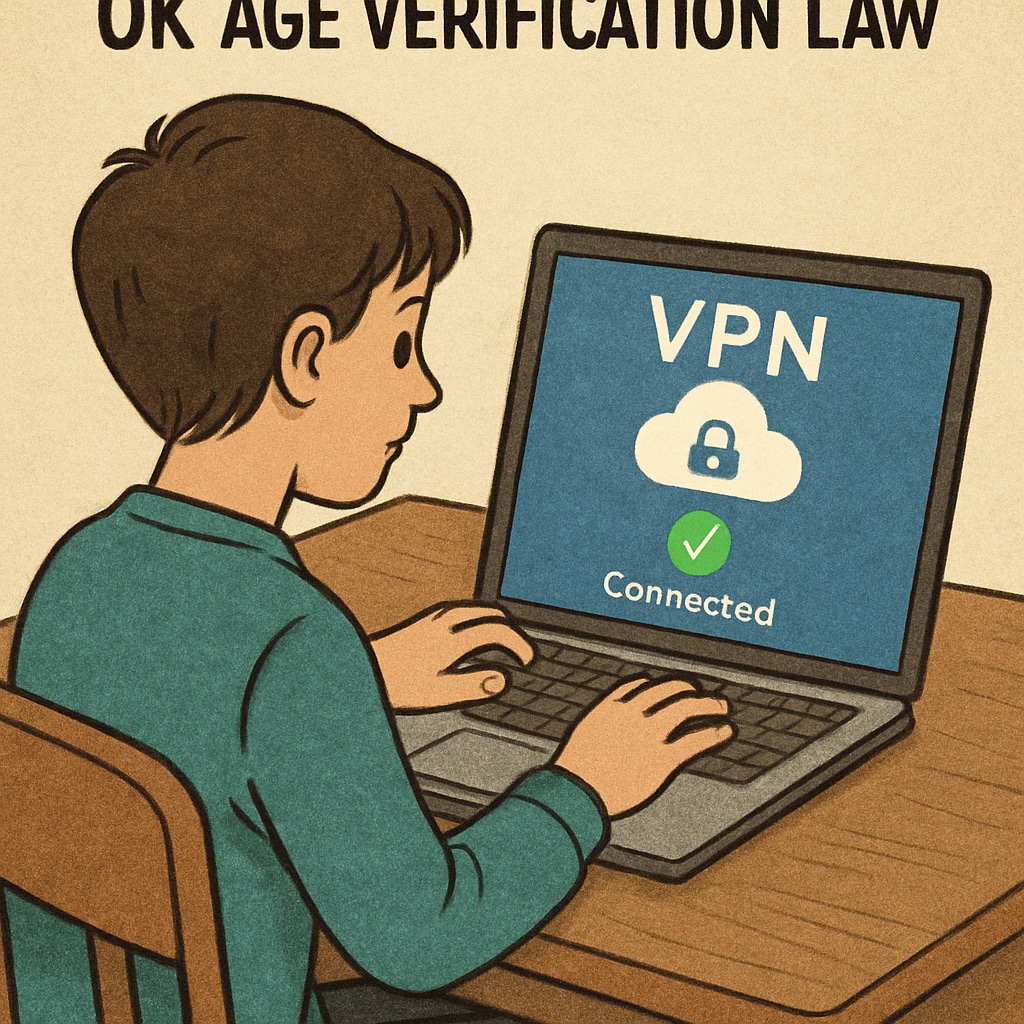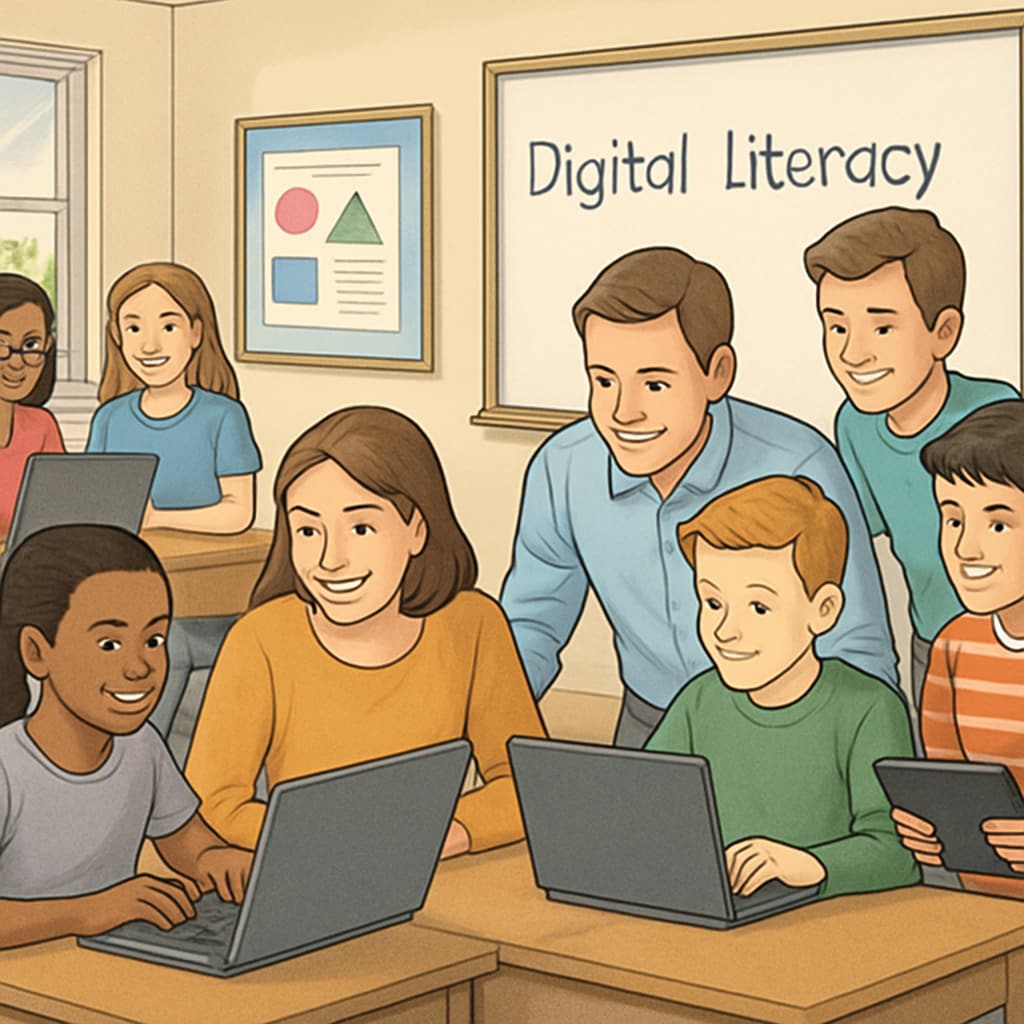The implementation of the UK’s age verification law, designed to protect minors from accessing harmful online content, has inadvertently led to a significant rise in VPN (Virtual Private Network) usage. While the law aims to create a safer digital environment for young users, the increased reliance on VPNs has highlighted a critical gap in the approach: technical restrictions cannot replace comprehensive education in digital literacy. This phenomenon raises important questions about how schools and families can better prepare young people to navigate the digital world responsibly.
Why Age Verification Laws Are Falling Short
The UK’s age verification law mandates that websites hosting certain types of adult content verify the age of their users before granting access. While the intention behind this legislation is noble, its execution has revealed several challenges. A key issue is the rise in VPN usage among teenagers seeking to bypass these restrictions. VPNs, which allow users to mask their location and access content as if they were in another country, have become a popular workaround. This, in turn, undermines the effectiveness of the law.
Experts argue that such technical measures often fail because they treat the symptoms rather than the root causes. Instead of addressing why young people are drawn to such content or how to help them critically evaluate online material, the law merely seeks to block access. As a result, many teenagers are now learning how to circumvent restrictions rather than understanding why they exist.

From Restrictions to Education
The surge in VPN usage among UK teens reveals a pressing need for a shift in focus: from imposing restrictions to fostering education. Digital literacy, which includes critical thinking, responsible online behavior, and understanding the implications of digital footprints, is essential for navigating the internet safely.
Schools and parents play a pivotal role in this transition. By teaching children not only how to use technology but also how to evaluate the information they encounter online, we can empower them to make informed choices. For example, incorporating lessons on how algorithms shape online experiences or discussing the ethical considerations of content consumption can help teenagers become more aware of their digital surroundings.
Collaborative Efforts Between Schools and Families
Creating a comprehensive digital education strategy requires collaboration between schools and families. Schools can provide structured learning environments to teach technical skills and critical thinking. For instance, classes on internet safety and privacy can address the risks of using VPNs and other circumvention tools. Meanwhile, parents can reinforce these lessons at home by fostering open conversations about online habits and setting appropriate boundaries.
Additionally, governments and technology companies must support these efforts by providing accessible resources. Organizations like Common Sense Education offer tools and curricula designed to help educators and parents navigate the complexities of digital citizenship. These resources can complement existing school programs and empower families to take an active role in their children’s online education.

Looking Ahead: Building a Digitally Literate Generation
As VPN usage continues to rise in response to the UK’s age verification law, it is clear that technical restrictions alone cannot create a safe online environment for young people. Instead, the focus must shift toward education that equips teenagers with the tools they need to navigate the internet responsibly. By fostering critical thinking and encouraging open dialogue, we can build a generation of digitally savvy individuals who understand both the opportunities and risks of the online world.
In conclusion, the unintended consequences of the UK’s age verification law serve as a reminder that meaningful change requires more than just legislation. It requires a holistic approach that combines policy, education, and parental involvement to empower young people to thrive in the digital age.
Readability guidance: This article balances technical insights with accessible language, ensuring that key points are clearly conveyed. The structure includes short paragraphs and lists where appropriate, with a focus on readability and engagement.


